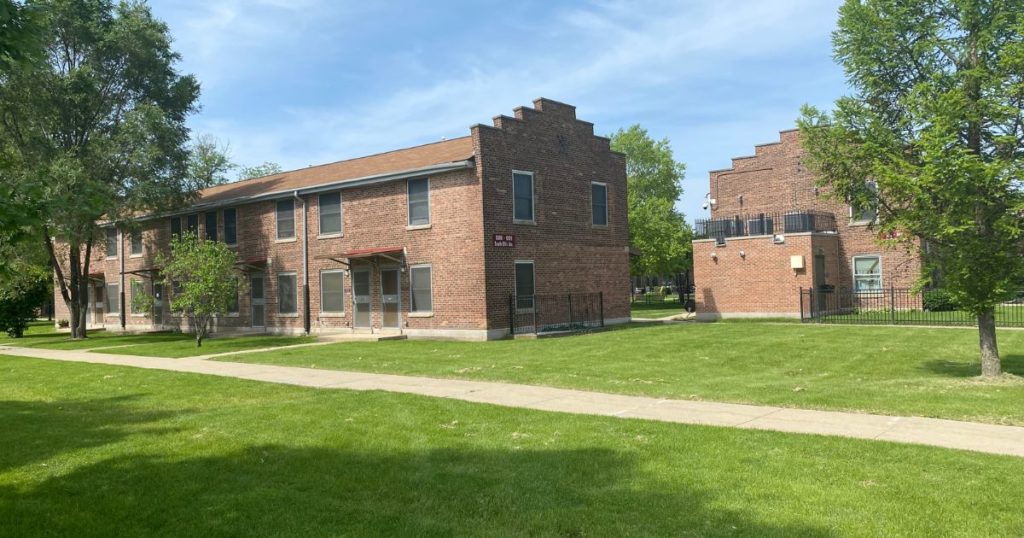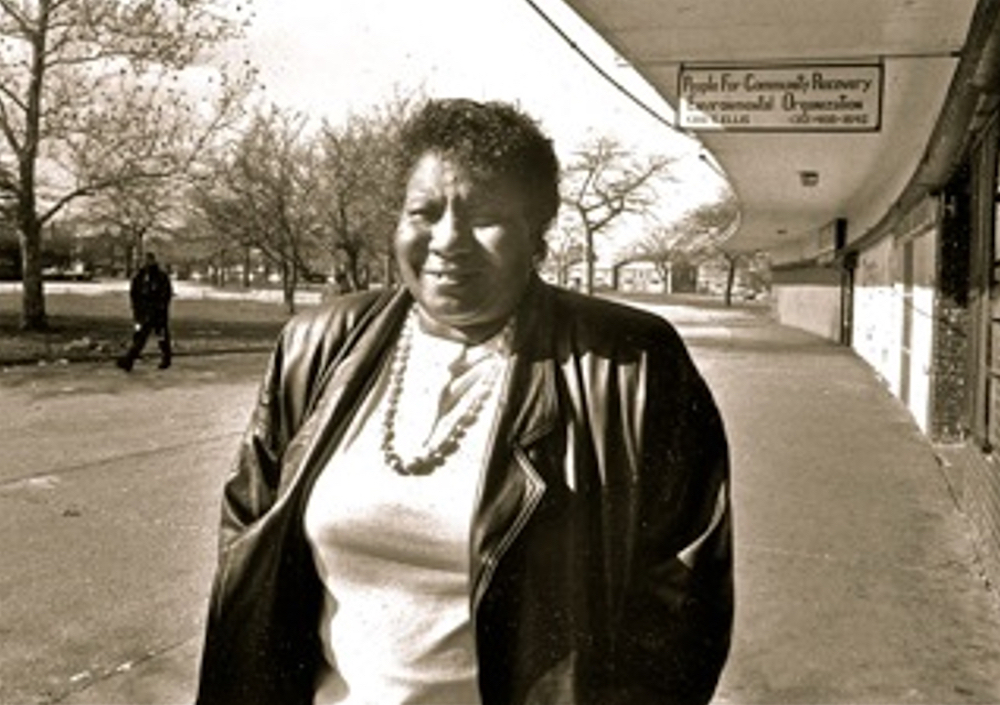|
Getting your Trinity Audio player ready...
|
Introduction
Hazel Johnson. A name that has been shrouded in the busy cityscape of Chicago for far too long. Hazel Johnson’s story is one of unmatched tenacity; she was an advocate who ignited change in the most unlikely places in a city, bursting with untold tales of extraordinary people sparking change. Altgeld Gardens is a neighborhood tucked away in the center of Chicago that has both witnessed and become involved in the fight for environmental justice. However, many Chicagoans are unaware of Hazel Johnson’s significant influence, symbolizing resiliency and communal empowerment.
Johnson’s contributions to Chicago
Her commitment sparked a significant transformation in Altgeld Gardens that spread far beyond its bounds and left an enduring imprint on Chicago’s history. Hazel Johnson is a secret hero whose legacy epitomizes transformative action by igniting change within and outside Chicago. Join us as we explore the life of Hazel Johnson, a prominent local whose dedication improved Altgeld Gardens and had a lasting impact on the city’s environmental consciousness.
Who is Hazel Johnson?
Hazel Johnson founded the movement for environmental justice. She spent years analyzing environmental problems in Altgeld Gardens and establishing a link between the community’s poor health and industrial contaminants in the air, water, and land.
Early Years
Hazel Johnson was born on January 25, 1935, in New Orleans, Louisiana, in a part of the country now referred to as “Cancer Alley” because of the effects of the chemical industry on the local population’s health. The oldest of the four was Hazel. She was the only member of her family to live past the age of one. Her parents had passed away by the time she was 12 years old. Hazel first met John Johnson in her late teens, the man she would later marry. In 1955, the couple moved to Chicago. She joined the local anti-housing segregation movement there.
Altgeld Gardens in Chicago
After stopping by Altgeld Gardens to see her brother-in-law, Hazel developed a deep affinity for the enormous community. In 1962, she and John relocated their family there. Hazel frequently coordinated neighborhood kids’ field excursions and block parties, gaining the moniker “Mama Johnson.” Their ideal life changed when John was diagnosed with lung cancer in 1969 and passed away a few weeks later at 41. Because John had so few lung cancer risk factors, doctors could not explain his situation. Later, Hazel learned from neighbors diagnosed with respiratory diseases, including asthma and cancer, that the moms in the area had given birth to many children with birth abnormalities or high rates of miscarriage. Since relocating to Altgeld, Hazels’ children have experienced skin and respiratory ailments.
Battling Cancer Rates and Pollution in Altgeld Gardens
Hazel learned her community had the worst cancer rates in the area soon after establishing People For Community Recovery to address landlord-tenant concerns. Someone was off, as she had suspected. In 1995, she told the Chicago Tribune, “I was shocked and furious.” I made it my duty to learn the truth and take action in response to it. Johnson started looking at the neighborhood’s environmental circumstances. In addition to more than 50 landfills, a chemical incinerator, a water and sewage treatment facility, steel mills, paint factories, scrap yards, and abandoned industrial dump sites, Altgeld Gardens “lay in the center of a 14-square-mile ring of pollution stretching from Chicago’s Southeast Side to Northwest Indiana,” according to the information she discovered. itself Altgeld Gardens.
Starting her organization
With knowledge about environmental health problems, Hazel was ready to take action. She redirected PCR’s efforts to lessen or eradicate environmental dangers in and around her neighborhood, which she dubbed “the toxic donut.” Hazel Johnson served as the organization’s president and executive director when PCR was formally incorporated 1982 as a not-for-profit company. In the ensuing decades, PCR would fight for environmental justice on various fronts and win significant successes for the residents of Altgeld, including the expansion of water and sewage services, the opening of a new clinic, the removal of asbestos and PCBs, the elimination of lead, and a ban on the construction of new or expanded landfills in Chicago.

Altgeld Gardens in Chicago
Hazel Johnson’s Legacy in Environmental Justice and Mentorship
Johnson also mentored young activists and college students who later led the Environmental Justice movement. She assisted Barack Obama, a budding community activist at the time, in the mid-1980s in winning support from locals in the battle to remove asbestos from Altgeld Gardens. Johnson also guided DePaul students on environmental bus excursions, and they eventually worked together to produce a documentary on environmental justice for the Knights of Peter Claver and the U.S. Conference of Catholic Bishops. Most significantly, Hazel coached the PCR organization’s future leaders. Hazel Johnson’s daughter Cheryl Johnson, currently the executive director of PCR, has worked with her mother at the company since its inception.
Hazel Johnson’s Impact on the Environmental Justice Movement and Legacy
Hazel was a prominent presenter at the first National People of Color Environmental Leadership Summit in Washington, D.C., in 1991, and she talked passionately about her community’s battle against environmental racism. She collaborated with colleagues from communities nationwide to develop the 17 Principles of Environmental Justice, which are still a benchmark for activists today. Following the conference, Johnson became a prominent figure in the country and was dubbed “the mother of the Environmental Justice Movement.” Later, she was recognized as the second top of the group.

Federal Actions to Address Environment Justice in Minority Populations
Executive Order 12898 includes Federal Actions to Address Environmental Justice in Minority and Low-Income Populations. It was signed in 1994, and Johnson was asked to attend. The day was one for festivities. Johnson worked tenaciously for legislative provisions that set aside funds for environmental justice communities. Two years later, President Clinton recognized PCR as one of the top 100 environmental organizations in the nation.
Conclusion
Johnson passed away on January 12, 2011, due to congestive heart failure. In honor of Johnson’s legacy, the Illinois General Assembly renamed 130th Street from the Bishop Ford Freeway to State Street “Hazel Johnson EJ Way” later that year. You can view the sign as a beacon as you approach and leave Altgeld Gardens. Congressman Bobby Rush filed federal legislation in 2021 to recognize Hazel’s contributions by making April Hazel Johnson Environmental Justice Month, issuing a commemorative stamp, and presenting her with a posthumous presidential medal of freedom.
As we explore Johnson’s life, we pay tribute to a remarkable lady who changed Altgeld Gardens and impacted Chicago’s history. Her narrative serves as a reminder that heroes can appear in the unlikeliest places and sheds light on the significant effects of their deeds on both a local and global level. Join us as we honor Hazel Johnson, an unsung heroine whose legacy has inspired change throughout Chicago and beyond.


